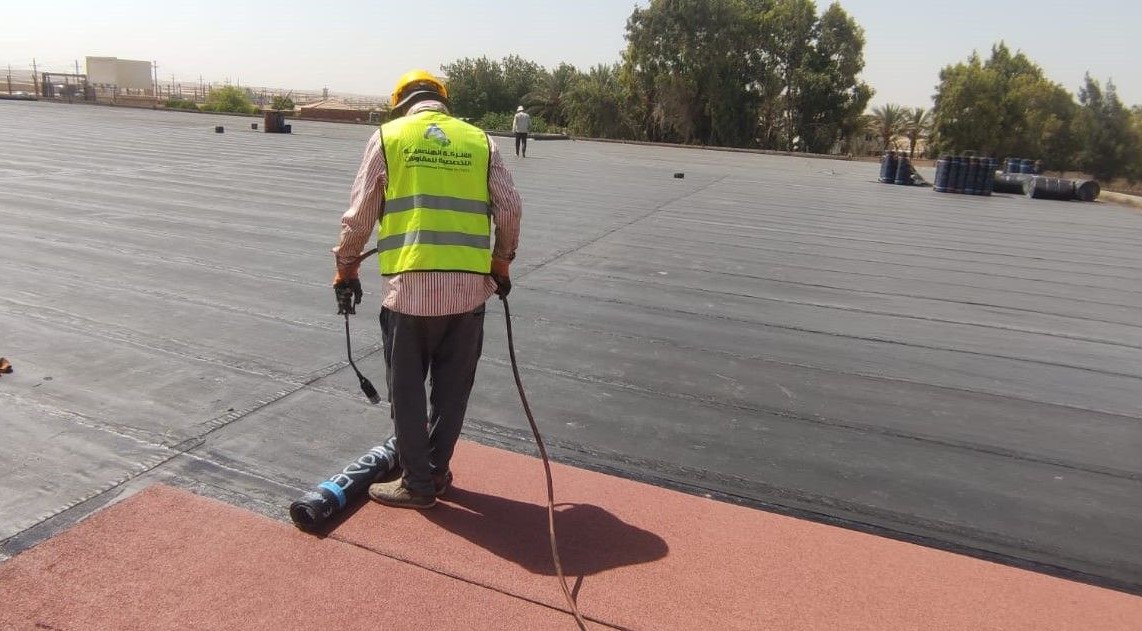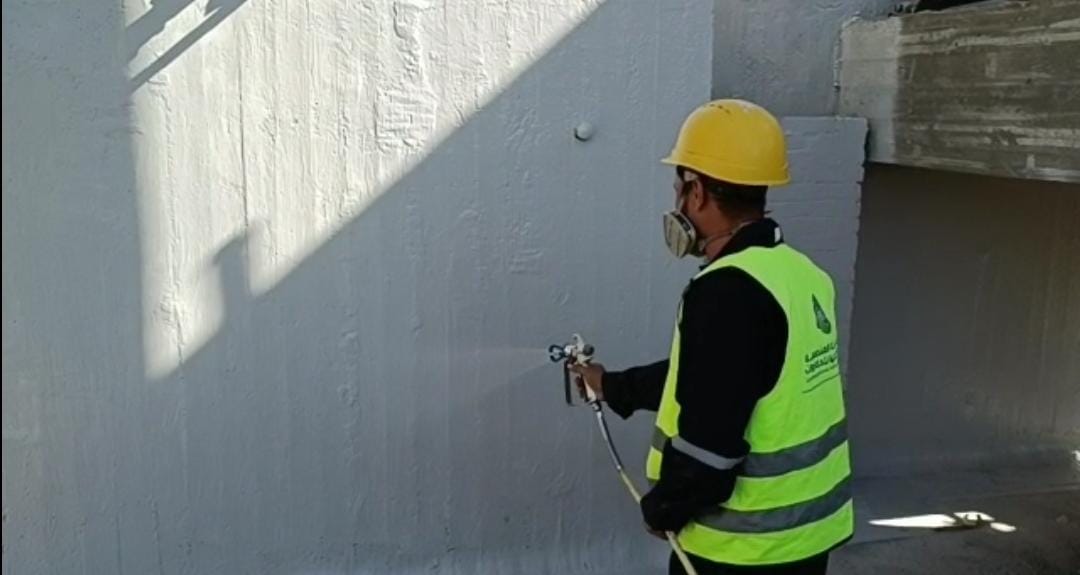Our Services
Waterproofing
Introduction
Waterproofing is a fundamental construction practice that involves the application of materials and techniques to prevent the infiltration of water into structures and surfaces. It is an essential aspect of building design and maintenance, safeguarding buildings, infrastructure, and industrial facilities from water-related damage. Effective waterproofing ensures the longevity, durability, and structural integrity of various elements, ranging from roofs and walls to foundations and below-grade areas.
Types of Waterproofing:
Waterproofing techniques vary based on the specific needs and areas of application. Here's a brief overview of some common types of waterproofing methods:
1.Bituminous Waterproofing: Bitumen-based materials like asphalt or coal tar are applied as sheets or liquids to create a waterproof barrier. This method is effective for roofing and below-grade applications.
2.Cementitious Waterproofing: Cementitious coatings, made from cement, sand, and additives, are applied in multiple layers. They are suitable for areas such as water tanks, basements, and bathrooms.
3.Crystalline Waterproofing: This innovative method involves using admixtures or coatings that contain crystalline compounds. When exposed to water, these compounds react to form insoluble crystals, blocking water penetration and enhancing the durability of concrete structures.
4.Liquid Applied Membranes: These liquid coatings are applied in liquid form and form a seamless, continuous barrier upon drying. They are versatile and suitable for various surfaces, including roofs, balconies, and wet areas.
5.Crack Injection: For localized leaks or cracks, specialized materials are injected into the cracks to create a watertight seal. This method is commonly used for repairing concrete structures.
Each type of waterproofing method has its strengths and suitability for specific applications. The choice of waterproofing technique depends on factors such as the intended use of the structure, the severity of water exposure, and the local climate conditions. By selecting the appropriate waterproofing approach, construction professionals can ensure that buildings and infrastructure remain resilient and protected against the challenges posed by water infiltration.




